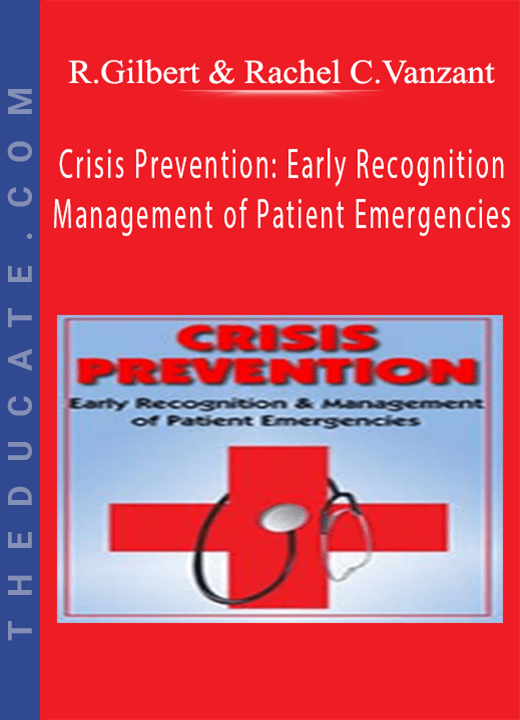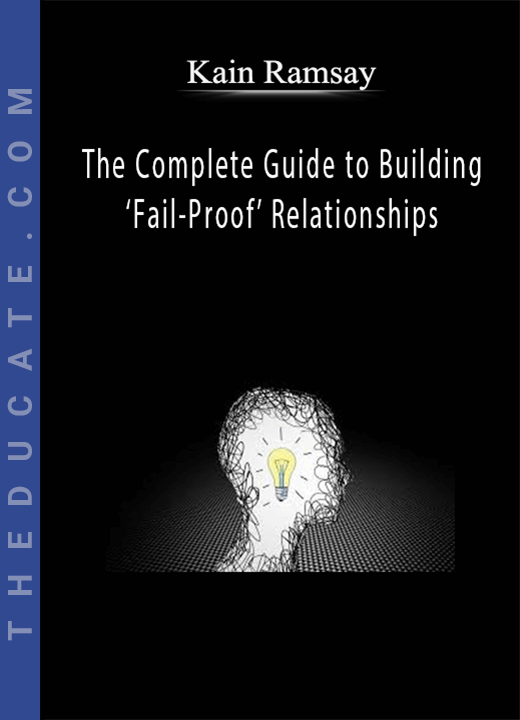Description
Crisis Prevention: Early Recognition & Management of Patient Emergencies – Robin Gilbert & Rachel Cartwright-Vanzant
The difference between nursing and effective nursing, is the ability to see what is coming… but with so many diagnoses having overlapping or mimicking symptoms, it can be easy to miss the subtle clues your patient is giving you that can help differentiate conditions.
With a combined experience of over 50 years, the experts in this course will share effective and time-tested strategies you can implement immediately to rapidly detect clinical changes in your deteriorating patient.
You will have a clearer understanding of the body’s complex, interrelated organ systems so you can break them into component parts and fully understand how one organ system can cause a sign or symptom in another. Plus, you’ll gain the BEST interventions for Cardiac, Neurological, Endocrine, and Respiratory emergencies!
Never again will you miss the subtle changes in your patient that could lead to BIG trouble!
Here’s what this intensive online course covers:
Managing Patient Emergencies
Module 1
Identifying the Red Flags
- ABC’s for when your patient suddenly deteriorates
- 4 Quick “to do’s” to identify potential problems
- Population specific considerations
- Mean arterial pressure equation
Module 2
Neurological
- Elevated intracranial pressure
- Clues for when you don’t have a monitor
- Ischemic vs. hemorrhagic stroke
- Inclusion/exclusion for tPA
- Critical labs for determining best treatment option
- Malignant headaches
- Simulation lab review — interpreting the patient’s presentation
Module 3
Cardiac
- Acute coronary syndrome
- Acute MI (STEMI or NSTEMI)
- Unstable angina
- Heart failure
Module 4
Respiratory, Renal, and Endocrine
- Pulmonary Emergencies
- Acute respiratory failure: diagnosis & management
- COPD
- ARDS
- Stages and treatment of acute renal failure
- Diabetic ketoacidosis
- Hyperosmolar hyperglycemic stage
Module 5
Fluid, Electrolyte, & Shock
- Symptoms and treatment of sepsis
- Abdominal Aortic Aneurysm
- Recognizing and treating GI bleeds
- What blood gases can tell you
- Putting it all together with case studies
Impending Doom: Crisis Prevention and Management in the Deteriorating Patient
Module 1
Sepsis Crisis
- Causes, signs and treatment of sepsis
- Diagnostic tests to differentiate sepsis from other possibilities
- Treatment of septic shock
Module 2
Cardiovascular Crisis
- Diagnostic tests, labs, x-ray, and imaging that can help with diagnosis of a CV emergency
- Acute myocardial infarction
- Cardiogenic shock
- Stroke
- Pulmonary edema
Module 3
Anaphylaxis and Diabetic Crisis
- Immediate treatment steps anaphylaxis shock
- Diabetic ketoacidosis vs. hyperglycemic hyperosmolar state
- Labs that give clues in diabetic crisis and its resolution
Module 4
Pulmonary and Hypovolemic Crisis
- Causes leading to a pulmonary crisis
- When asthma is no longer simple
- Who is most likely to develop acute respiratory failure and what to do when they do
- Causes of hypovolemic shock
- How fluid resuscitation can save a life







7 reviews for Crisis Prevention: Early Recognition & Management of Patient Emergencies – Robin Gilbert & Rachel Cartwright-Vanzant
There are no reviews yet.